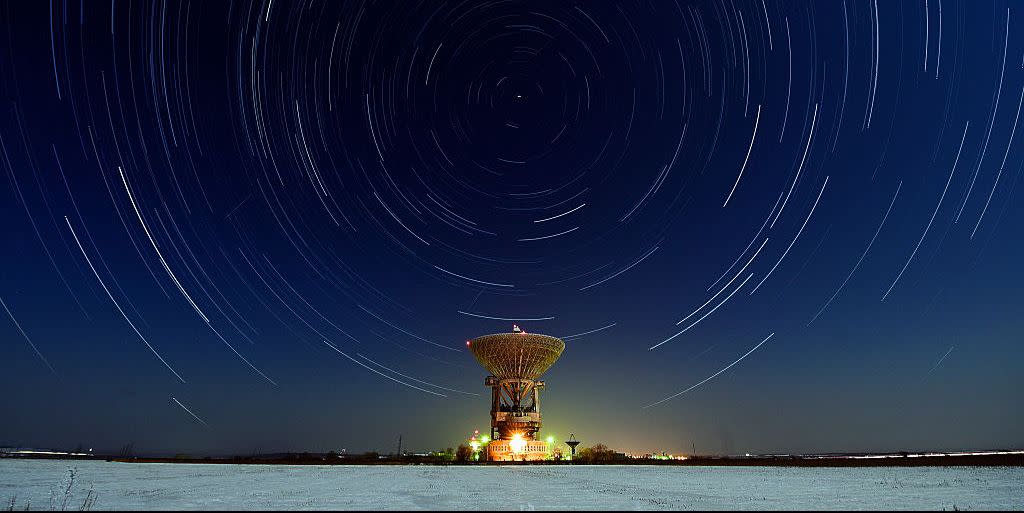Look Up This Week and Watch the Geminid Meteor Shower

Every December, the Earth's rotation puts it in the path of debris from the object 3200 Phaethon (either an asteroid or an extinct comet-the astro-jury is still out). When that happens, the dust and grit burns up upon contact with the Earth's atmosphere, creating the most biggest and most vivid annual meteor shower: The Geminids.
This year, the Geminid shower will be clearly visible from the Northern Hemisphere late in the evening on Thursday, Dec. 13 and before dawn on Friday, Dec. 14. Sky & Telescope advises that those who have trouble getting up early venture out Thursday evening after the moon has set, around 10:30 pm across the US. However, the peak viewing opportunity will be around 7:30 am Eastern on Friday morning.
As always, the most important thing for stargazing hopefuls is to get as far away from light pollution as possible. People out in the countryside will be able to see upward of one meteor per minute; per NASA, those in the suburbs will see more like 30-40 per hour, and people in the city unfortunately won't be able to see much at all.
You don't need extra equipment to watch a meteor shower-part of their magic is that they're visible to the naked eye. The meteors will appear to radiate from the constellation Gemini, which is how these events get their names. But for a closer, more detailed look, here are some binoculars to consider.
Best of luck finding a dark spot with clear skies. Wear something warm. If you're interested in some next-level stargazing, check out our guide on how to take professional-level photographs of the stars.
('You Might Also Like',)
